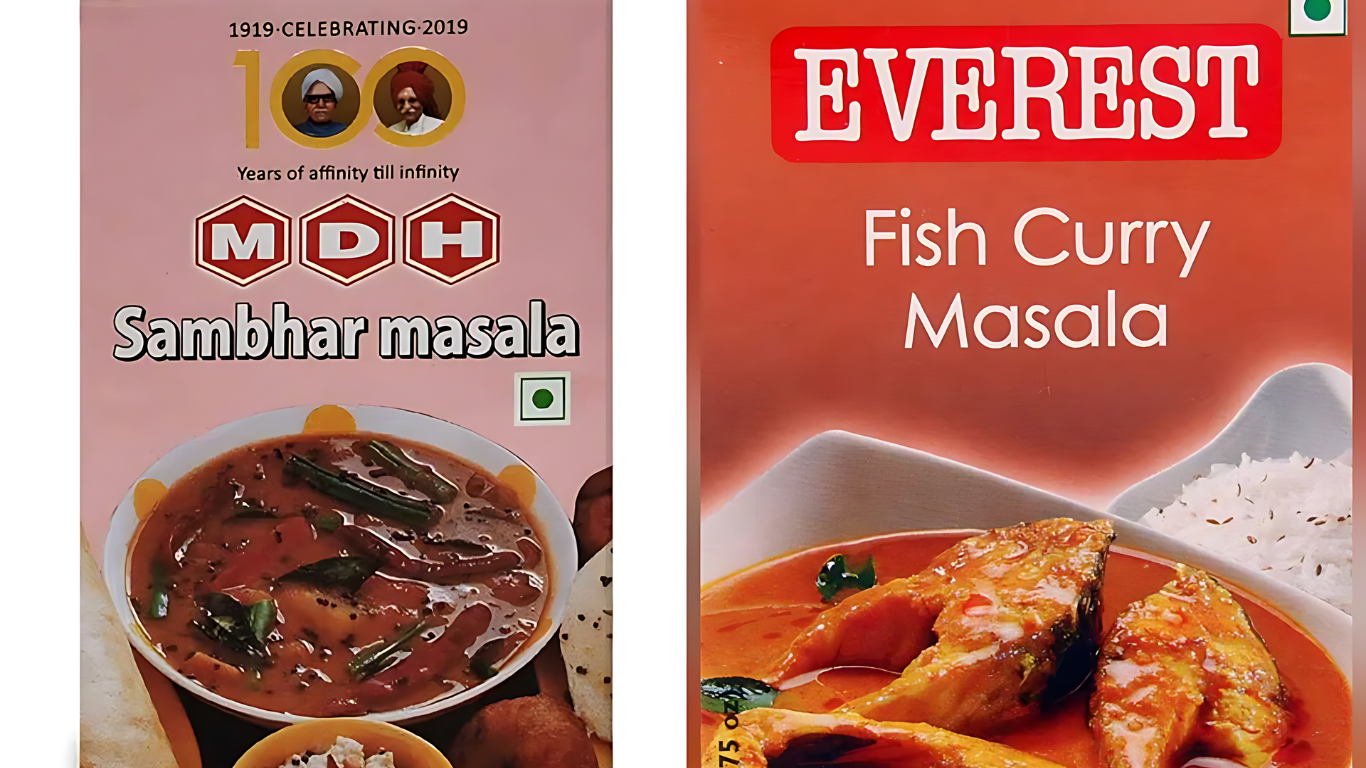










Last week, Singapore initiated measures against Everest Food Products Pvt., prohibiting the sale of its items due to the reported discovery of ethylene oxide levels exceeding permissible thresholds. Subsequently, Hong Kong followed suit, imposing a ban on the sale of renowned Indian spice brands MDH Pvt. and Everest Food Products Pvt. following reported detection of the carcinogenic pesticide in multiple spice blends.
Ethylene oxide, chemically represented as C2H4O, is a colorless, flammable gas with a sweet scent at room temperature. Its effectiveness as a sterilizing agent is attributed to its ability to damage DNA. However, this same property also confers upon ethylene oxide its carcinogenic nature.
According to the National Cancer Institute of the USA, ethylene oxide is primarily utilized in the production of various chemicals, including antifreeze. It serves as a chemical intermediate in the manufacturing process of ethylene glycol. Owing to its properties, ethylene oxide finds application as a sterilizing agent for medical equipment and a fumigating agent for spices.
Designated as a Group 1 carcinogen by The International Agency For Research on Cancer, ethylene oxide is proven to cause cancer in humans based on substantial evidence. Exposure to ethylene oxide occurs through inhalation and ingestion. The U.S. Environmental Protection Agency highlights that exposure to this compound escalates the risk of lymphoid and breast cancer, particularly in females.
Furthermore, prolonged exposure to ethylene oxide can have detrimental effects on health. Short-term effects include central nervous system depression and irritation of the eyes and mucous membranes. Conversely, long-term exposure can result in irritation of the eyes, skin, nose, throat, and lungs, along with damage to the brain and nervous system.
Singapore’s press release acknowledges the use of ethylene oxide in spice sterilization but emphasizes the need to minimize exposure due to potential health risks. Hong Kong’s Centre for Food Safety, upon detecting ethylene oxide in spice samples, issued instructions to cease the sale of affected products, citing its classification as a Group 1 carcinogen by The International Agency for Research on Cancer. The Indian commerce ministry has responded by directing embassies in Singapore and Hong Kong to furnish detailed reports on the issue.










